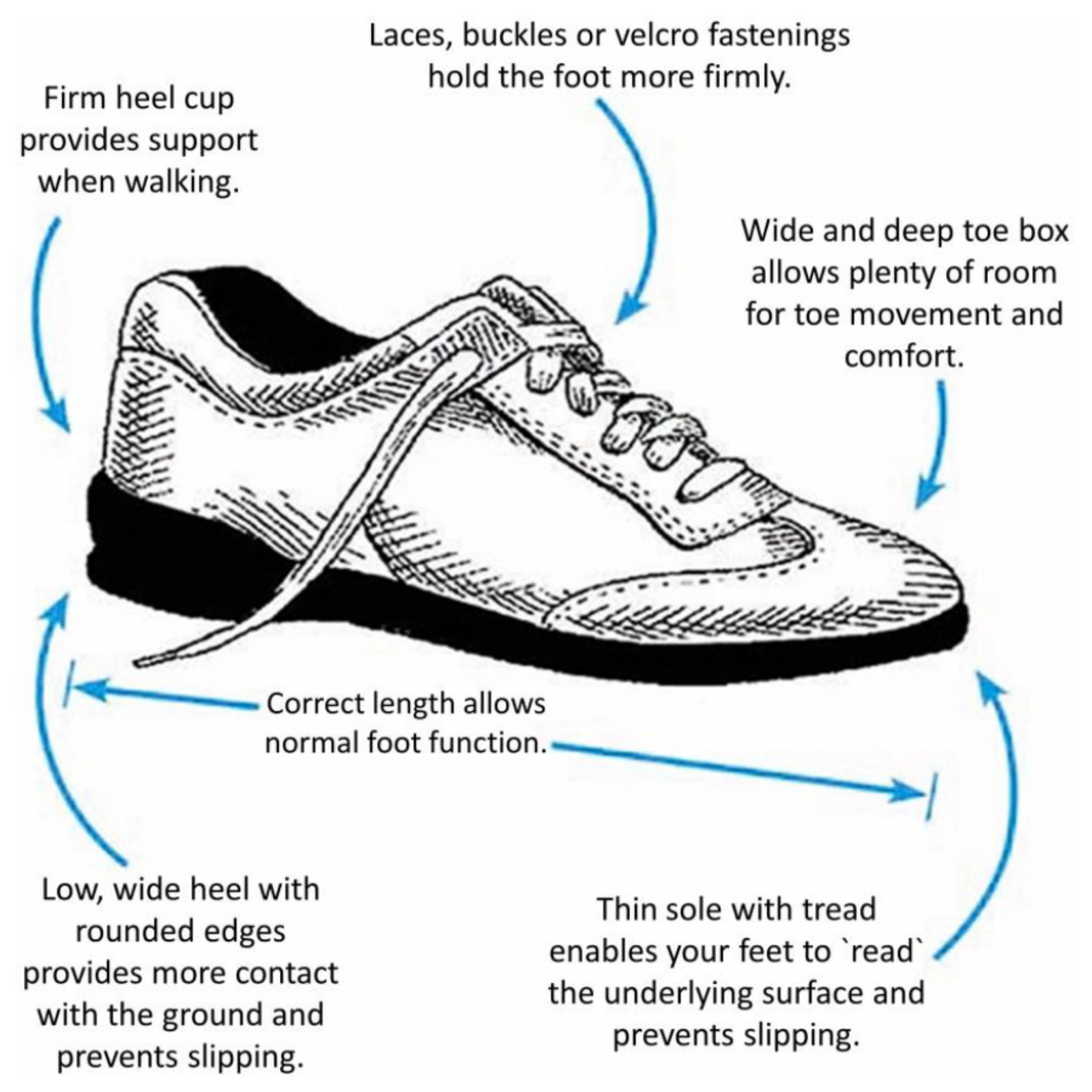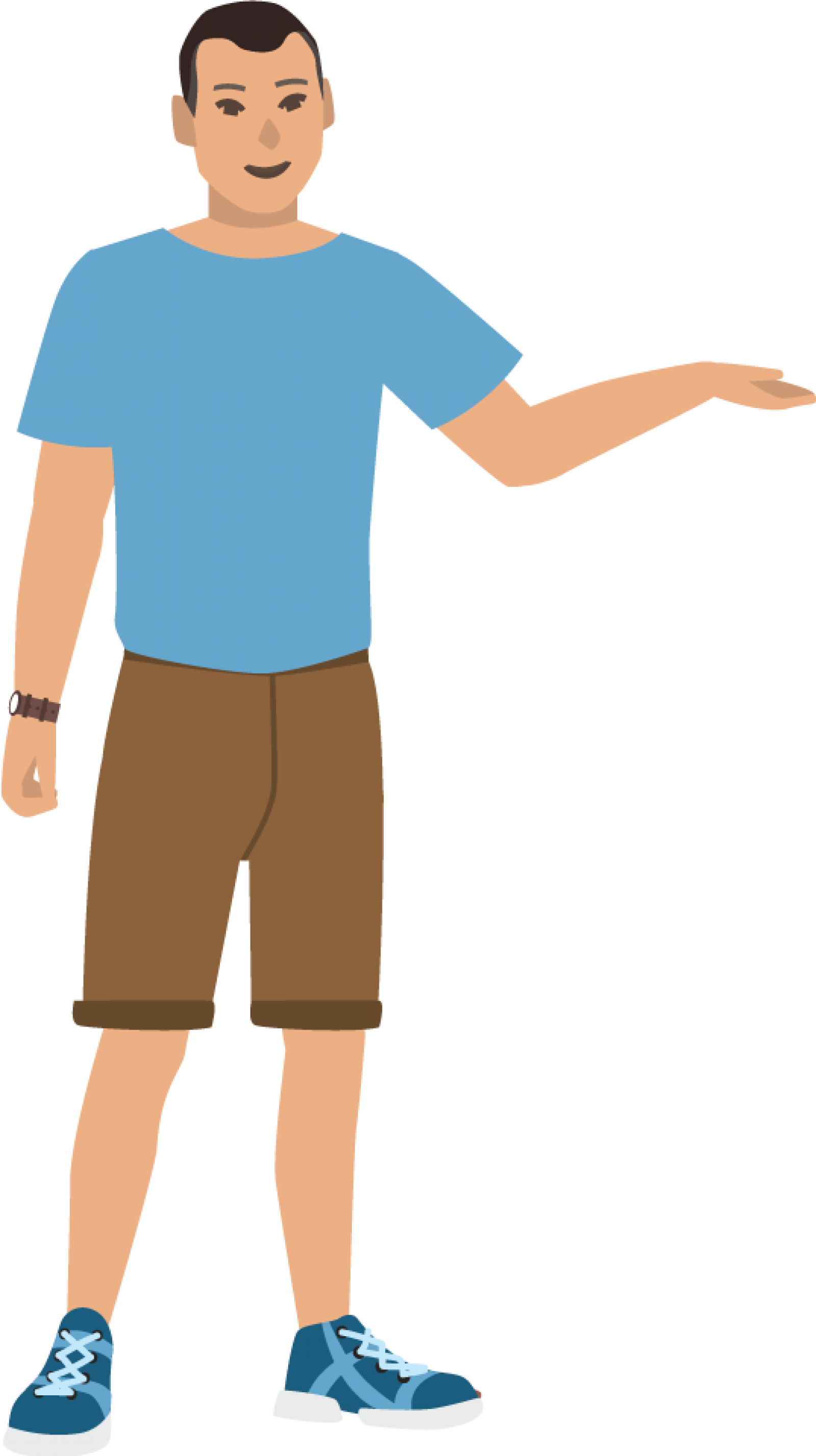Feet and Footwear
Healthy feet
Taking good care of your feet is important to prevent falls and stay active. Foot pain is common and affects approximately 25% of older people. Both foot pain and improper footwear can increase your risk of falling and may affect the mechanism of falls. Research has shown that an intervention that includes footwear that fit your feet well and provide good support, complimented by foot and ankle exercise and some podiatry interventions can help to reduce your chance of falls.
Did you know?
Being barefoot and wearing socks and slippers has been shown to increase the risk of falling in older people.
Foot problems and pain
Some foot problems and foot pain can increase your risk of falling. Especially foot problems such as toe deformities, reduced movement and weakness.
Optimum footwear characteristics
Some footwear characteristics can lead to impaired balance and/or have been associated with falls e.g. shoes with poor fixation, low heel collar, heel heights greater than 2.5 cm and thick and soft soles. Optimum footwear characteristics are described in the figure (right).
Podiatry and Foot Exercises Prevent Falls
Podiatry interventions that address different aspects of foot care, particularly in people with foot pain, have been shown to prevent falls. The aspects of foot care that have been addressed include routine podiatry, foot and ankle exercise, orthoses and footwear advice and provision.
*Image source: Active and Healthy


Key points to remember
- Foot pain and footwear choice and characteristics can increase your risk of falling
- Choose shoes with a low wide heel, good fixation, thin soles and high collar to enhance your balance and prevent falls
- See a podiatrist to help manage foot problems and pain, and for a program to help prevent falls
- Talk to your podiatrist or health professional about what footwear is best for you
What can I do right now?
- Check your shoes – make sure your shoes fit well throughout the day and are supportive
- Check if your shoes fulfil the optimal footwear criteria, if not consider purchasing safe footwear
- If you need footwear advice, talk to your health professional (e.g. podiatrist)
- See your doctor or a podiatrist if you have foot problems (e.g. bunions and corns) or pain
- Exercise your feet and ankles, see your health professional (e.g. podiatrist or physiotherapist) for an individualised program
- If you are diabetic, you need to take special care of your feet – talk to your doctor or podiatrist
Footwear shopping tips
- Feet tend to swell during the day, so try shoes on mid-afternoon with usual socks or stockings and orthotics
- Have shoes properly fitted
- Try both shoes on and buy for fit not size
- Walk around to ensure the shoes fit properly and the heels don’t slip
Conclusion
You have finished the article. If you would like to download a copy of this article as a PDF, click the button below.

